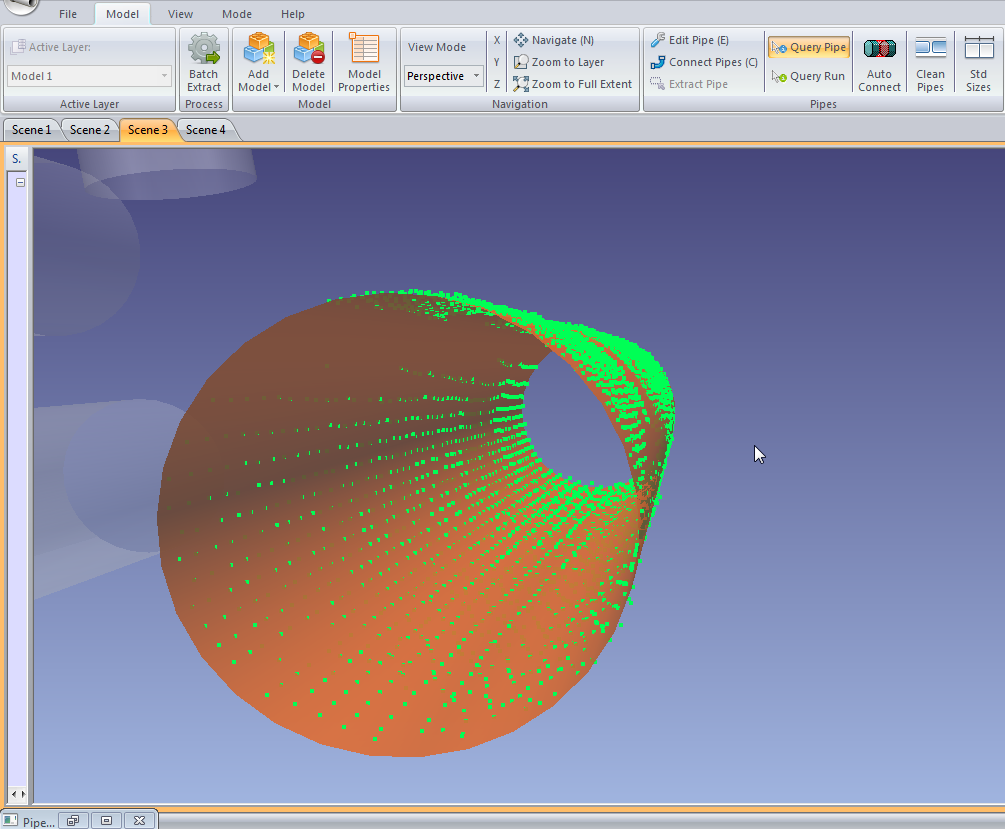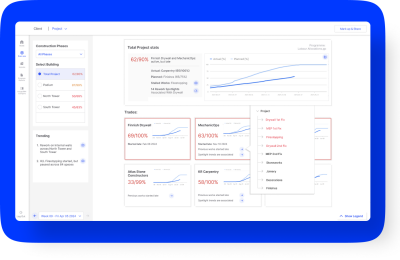ClearEdge3D releases EdgeWise Plant 3.0 – here’s why you should care
HERNDON, Va. – “One of the main comments from 2.0,” said ClearEdge3D CEO Chris Scotton in reference to the last release of his automated-pipe-modeling software EdgeWise Plant, “was ‘great effort, but I need this, this and this.’”
Getting a demonstration of 3.0 going from point cloud to pipe model this week, it became pretty obvious that “this and this and this” were no small requests. Going beyond the performance-based improvements – the move to 64-bit, multi-core processing will obviously speed things up significantly – there are a number of additions that are geared directly toward making the actual user workflow significantly better.
“It’s a fundamentally different product,” Scotton said. “It’s not just a feature extraction tool. It can really complete or nearly complete a model, where before it really couldn’t.”
Now, you can model the pipes, layer them, and add intelligence to them, then export to AutoCAD, MicroStation or Cylcone while retaining all of that functionality and information. “Things like structure or flanges we don’t do,” said Scotton, “but in terms of piping, we get you nearly 100 percent there.”
ClearEdge quotes Nick Bobbitt at 3D Imaging Services as saying he’s reduced modeling time by 60 percent.
One of the most-attractive new features creates a spreadsheet immediately after the algorithm runs to detect all of the pipes, with each detected pipe as its own row. You can then sort the pipes by a new “confidence of the fit” rating. It’s essentially a number created by combining the root-mean-square error and the percentage coverage of points on the pipe. If you have a high coverage and a low RMSE, you’ll have a high confidence in the fit.
Then, you just click on the row of the pipe you want to interrogate and you are immediately taken to a close up view of that “pipe,” where you can see if the fit makes sense or if the software has just completely missed, which Scotton readily admits happens sometimes.
“Sometimes it just gets it wrong – don’t ask me why,” he said, “but this allows you to go very quickly through to do your QA/QC.”
There are other improvements as well, including a better detection algorithm that will detect much smaller pipes – this reporter saw a demonstration where .026m pipes were identified – and new automated finishing tools that allow you to automatically connect many of the pipes that are broken up by point cloud shadows.
But what of the criticism that more automation likely creates more error and more deviation from reality? What about pipes that have been slightly altered on purpose, or those with insulation that’s been compressed over time?
That’s where the quality and expertise of the laser scanning and modeling provider comes in, Scotton said. “If the goal is a highly accurate model, you have to have site knowledge,” he said, “regardless of whether you’re modeling manually or with auto-feature extraction.” Further, “someone who doesn’t know what they’re doing at registration and collection will create poor data, and so garbage in, garbage out. It’s true with EdgeWise and with the entire project. Even if the collection is great but the registration is poor, you’ll have poor results.”
So, what’s next? Scotton said ClearEdge is about two man-months of work away from getting those flanges auto-detected, but they didn’t want to hold up the new release for that. There’s also some top-secret stuff being worked on thanks to a National Science Foundation grant, but that can’t be let out of the bag quite yet.
“The flanges are probably coming this summer,” Scotton said, “and we don’t yet do structure, and of course those are important parts of any model,” so that work will have to be done in a firm’s CAD software of choice, but EdgeWise 3.0 “is still going to save them a ton of time.”
Hear ClearEdge3D founder and CTO Kevin Williams speak at SPAR International, April 15-18, in Houston, Texas.






